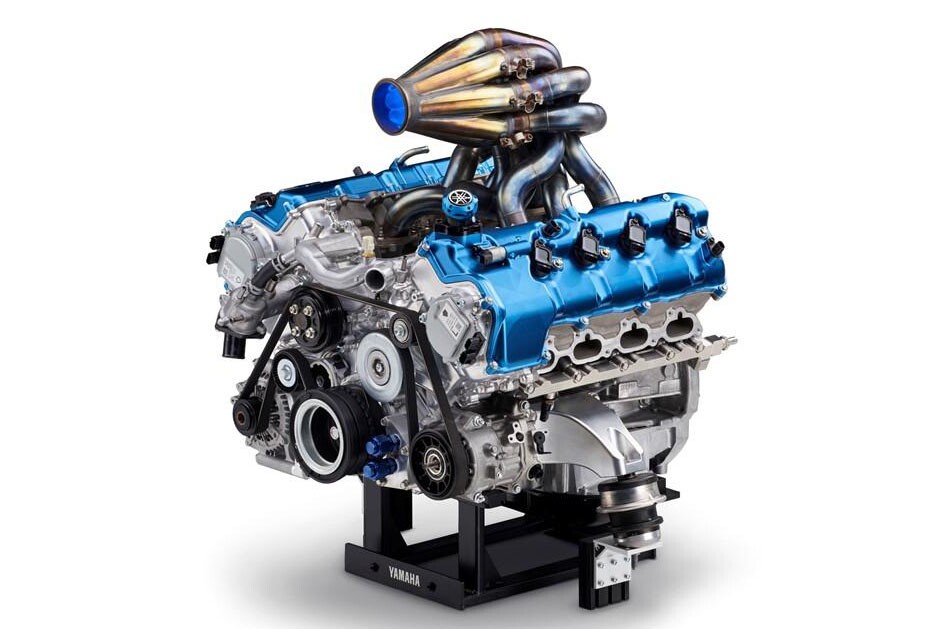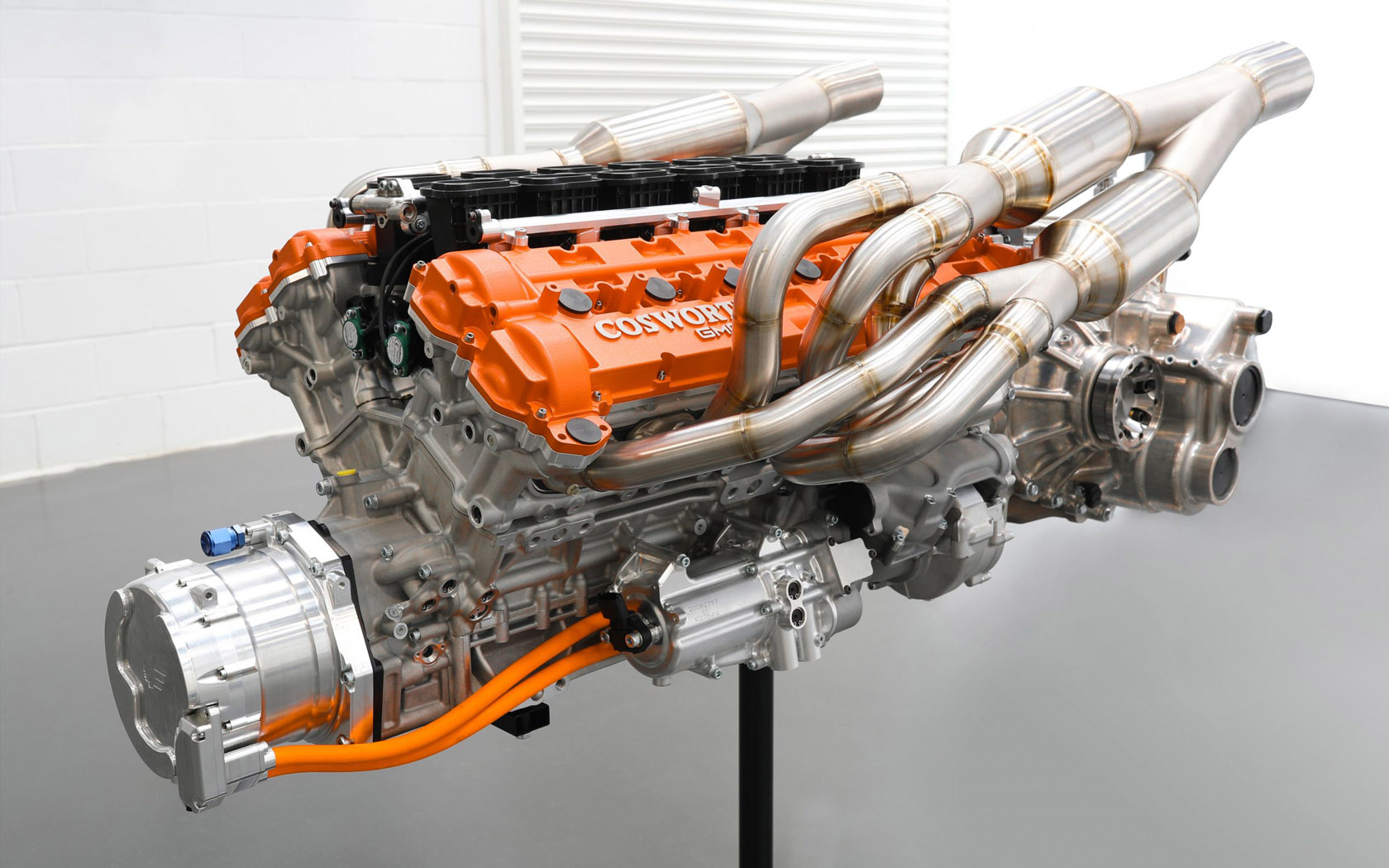Discover Top-Quality Engines for Africa at Our Trusted Auto Parts Store
Discover Top-Quality Engines for Africa at Our Trusted Auto Parts Store
Blog Article
The Mission for Ultimate Driving Power: Checking Out the Peak of Engine Performance and Technological Innovations in the Automotive Market
In the realm of vehicle design, the pursuit of optimum driving power has been an unrelenting mission that has actually unravelled with the development of engine design and the combination of sophisticated technologies. From the meticulous workmanship of combustion engines to the quick developments in electric propulsion systems, the vehicle industry stands at the cusp of a new period characterized by unmatched efficiency abilities. As designers and researchers delve deeper into the worlds of computational liquid characteristics and explore innovative gas technologies, the horizon of possibilities broadens greatly. Stay tuned as we unravel the detailed tapestry of technical breakthroughs that are shaping the future of automobile power and performance.
Advancement of Engine Layout

Moreover, the integration of turbocharging and supercharging modern technologies has changed engine design by enhancing power without significantly boosting engine dimension. These forced induction systems press the intake air, permitting more gas to be combusted, consequently creating greater power outcome from a smaller engine. This innovation has been especially crucial in enhancing the performance of smaller sized displacement engines while preserving gas performance standards.

Performance-Enhancing Fuel Technologies
The execution of sophisticated fuel innovations has actually significantly added to boosting engine efficiency in modern-day vehicles. Biofuels, derived from renewable resources like corn, algae, or sugarcane, deal improved and lowered emissions engine effectiveness. In addition, gas additives and cleaning agents are being created to clean engine components, enhance burning, and reduce friction, therefore increasing total vehicle performance.
Advancements in Electric Propulsion
Considerable strides in electrical propulsion modern technology have changed the automotive market, leading the way for a brand-new period of sustainable and efficient transport. Electric vehicles (EVs) are acquiring popularity because of their environmental benefits and innovations in battery modern technology, enabling longer driving ranges and shorter charging times. Manufacturers are investing heavily in r & d to improve the performance of electric propulsion systems, concentrating on raising power output, improving energy effectiveness, and minimizing general weight.
One significant innovation in electrical propulsion is the advancement of advanced electric motors that supply greater torque and power thickness, leading to improved velocity and general driving performance. Additionally, regenerative braking systems have actually been fine-tuned to keep and record energy throughout slowdown, more enhancing the performance of EVs.
Moreover, the assimilation of wise technologies, such as expert system and predictive analytics, is enhancing the management of electrical propulsion systems, making sure optimal efficiency under various driving problems. These improvements in electric propulsion are reshaping the automotive landscape, driving the market towards a much more sustainable and electrified future.
Influence of Computational Fluid Characteristics
With innovations description in electric propulsion pressing the limits of automobile technology, the assimilation of Computational Liquid Dynamics is playing a crucial function in enhancing aerodynamic efficiency and enhancing total effectiveness in vehicle layout. Computational Fluid Dynamics (CFD) includes making use of computer simulations to assess the flow of air around a vehicle, making it possible for designers to forecast how layout modifications will certainly impact the rules of aerodynamics without the requirement for pricey physical prototypes. By precisely modeling airflow patterns, CFD permits for the refinement of lorry forms to minimize drag, improve air conditioning, and enhance security.
CFD allows engineers to enhance air movement around parts such as radiators, engine bays, and wheel wells, adding to enhanced performance and total driving experience. In verdict, the assimilation of Computational Liquid Dynamics represents a significant action onward in the pursuit for utmost driving power and performance in the auto sector.
Future Patterns in Engine Advancement
In the dynamic landscape of automobile design, sophisticated advancements are forming the future trajectory of engine advancement. The future of engine style is marked by a solid emphasis on efficiency, efficiency, and sustainability. Suppliers are progressively concentrating on creating engines that not only deliver high power results however also prioritize environmental obligation by boosting and reducing discharges gas efficiency.
One popular trend in engine advancement is the rise of electrification. Hybrid and electrical powertrains are gaining traction as practical choices to conventional burning engines. These technologies use the potential for significant decreases in carbon exhausts and enhanced power performance, aligning with worldwide initiatives to fight environment modification.
Moreover, advancements in materials scientific research and production techniques are making it possible for the production of lighter and a lot more sturdy engine components. This shift in the direction of light-weight products such as carbon fiber and light weight aluminum alloys contributes to enhanced efficiency and gas economy.
Final Thought
Finally, the search of supreme driving power in the vehicle field remains to drive improvements in engine style, gas innovations, electrical propulsion, and computational liquid characteristics. check this The advancement of these modern technologies is shaping the future of engine innovation, paving the means look at this now for more powerful and efficient cars (engines for africa). As the market continues to push the borders of what is possible, we can anticipate to see much more revolutionary advancements in the mission for peak performance
One of the key milestones in engine style evolution is the transition from traditional carbureted engines to modern-day fuel-injected systems. By specifically metering the fuel delivery to each cylinder, fuel-injected engines maximize burning, resulting in much better performance and reduced ecological effect.
Moreover, the assimilation of turbocharging and supercharging technologies has actually changed engine style by increasing power without considerably enhancing engine size (engines for africa).The execution of advanced gas technologies has actually substantially added to improving engine efficiency in contemporary vehicles. Furthermore, fuel ingredients and cleaning agents are being created to tidy engine parts, maximize combustion, and lower friction, therefore improving overall lorry performance
Report this page